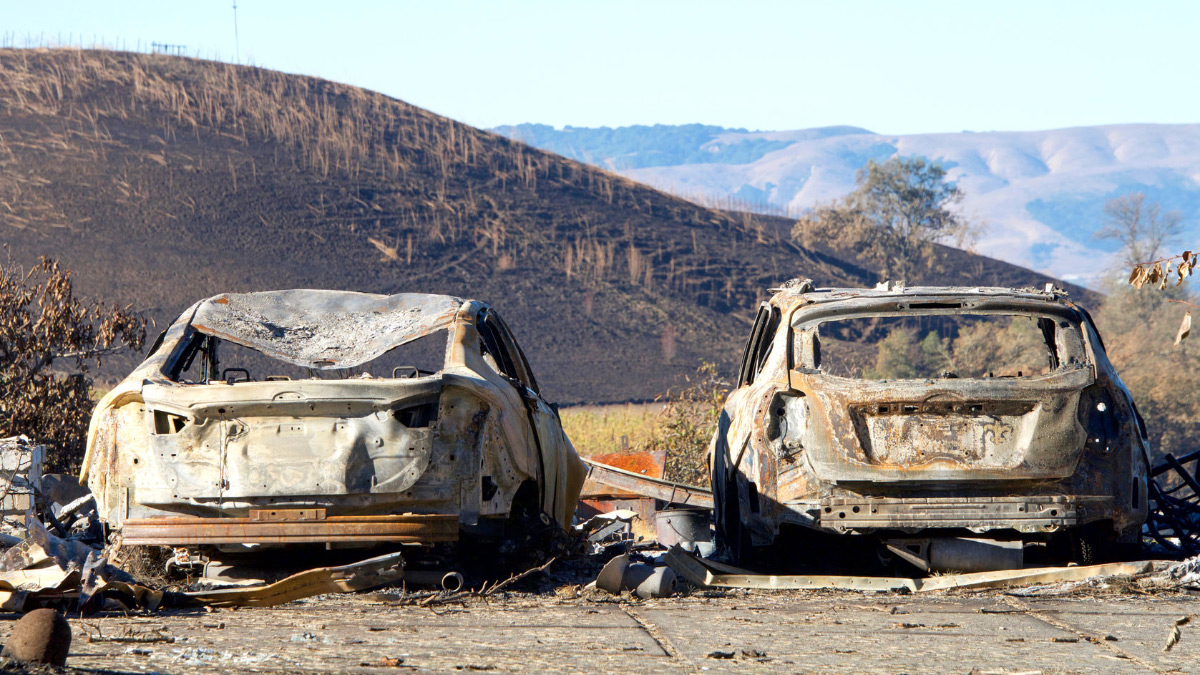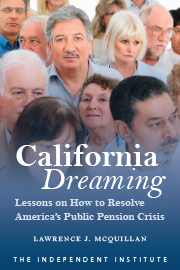On June 12 the Trump administration proposed easing environmental regulations for forest-thinning on federal land to speed up wildfire prevention. Before accusing President Trump of clearcutting California, it’s important to note that Gov. Gavin Newsom is quietly taking similar actions, an admission that environmental mandates are fueling catastrophic wildfires.
Cal Fire has begun work on 35 fast-tracked community projects across California to eliminate excess fuels through thinning, prescribed burns, and creation of fire breaks. But these projects have proceeded only because the governor issued an “emergency proclamation” granting special waivers of state environmental regulations, such as the California Environmental Quality Act (CEQA), which requires impact reviews.
That an executive proclamation was required to allow these community projects to proceed is an indictment of California’s environmental interest groups and the red tape their favorite regulations have created. The projects are a drop in the bucket, however, compared to the thousands that still need completing across the state.
A century of tightening government control over wildland management has resulted in a tedious, bureaucratic, top-down system captured by “nature first” zealots. As a result, the U.S. Forest Service, Cal Fire, and other government agencies impose regulatory roadblocks to sensible fire-prevention activities in order to “preserve forestland in its natural state.”
Stanford University economist Terry Anderson notes that scientific forest management is “continuously thwarted by environmental activists who want to let nature take her course.” A 2015 study by the University of Montana found that in recent years activist appeals and litigation have encumbered 40 to 50 percent of the planned timber harvests and treatment acres in a region hit hard by wildfires.
Activists favor a reactive posture—fire suppression—rather than a proactive stance—fire prevention and active management. This has created a California tinder box with record fuel loads.
In the 1800s, California forests averaged less than 50 trees per acre; today the average is upwards of 500 trees per acre. This extreme density weakens all trees in the forests as they compete for sunlight and water, making them more susceptible to drought and disease, and producing more flammable dead and dying trees. California has nearly 150 million dead trees.
John Laird, former secretary of the California Natural Resources Agency, has recommended that 500,000 acres of forest each year be thinned of undergrowth, small trees, and dead trees; yet in 2017 the state treated only 250,000 acres. Thinning public and private land has been held back by regulations, especially by CEQA.
Prescribed burns have also been held back by government authorities who refuse to issue burn permits or by local air-quality management districts that suspend permits, even though prescribed burns produce far fewer emissions than wildfires. In contrast, Georgia regulators aim to issue private landowners burn permits within five minutes of their phone calls.
The rising toll of horrific megafires and Newsom’s admission point to urgently needed changes. First, state and federal governments should abolish regulations that prevent healthy land management and imperil the lives of Californians.Second, expanding private stewardship over land would properly align incentives with fire prevention. Realistically, no landowner wants their asset or investment to go up in flames. About 60 percent of California’s 33 million acres of forestland, however, is “owned” by the federal and state governments, which have proven to be poor stewards.
Third, private landowners and local communities should be allowed to make independent decisions about land management and take immediate action. Before the government takeover, private parties owned the land, maintained access roads in forests, and quickly removed overgrowth at their own expense. Today communities wait for government officials to muster the political will, votes, funds, and regulatory rollbacks to tackle the problem. These delays allow life-threatening fuels to build.
California needs permanent decentralization and independent action. Without it, excess fuels will spark new megafires that destroy more homes and kill more Californians. Much of this destruction will have been preventable.










